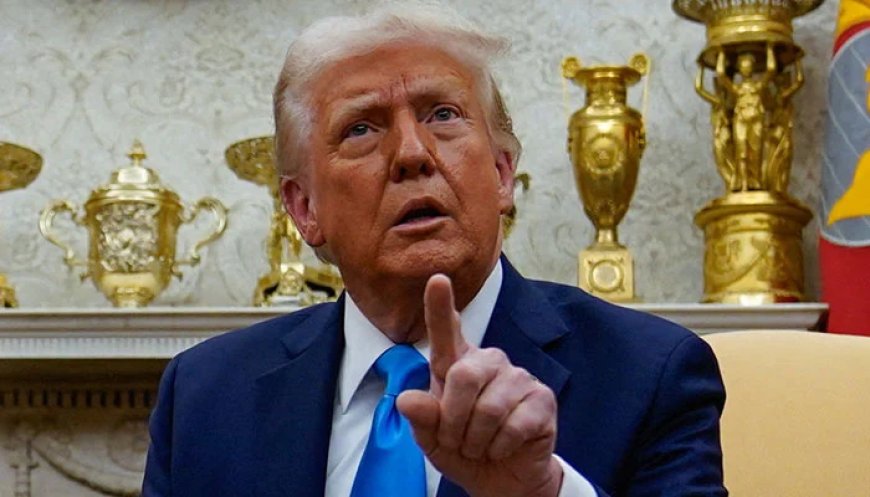US-China trade standoff continues as Trump unfazed to engage Xi

1. White House spokeswoman Karoline Leavitt says that a Trump-Xi call still needed to be scheduled
US President Donald Trump stated on Tuesday that he is not in a rush to speak with Chinese President Xi Jinping amid the ongoing trade tensions between the two largest economies. This situation was triggered by Trump’s decision to impose a 10% tariff on all Chinese imports. In response, China implemented targeted tariffs on US imports and issued warnings to companies like Google about potential sanctions.
When asked about China's retaliatory measures, Trump responded, "That's fine."
A conversation between Xi and Trump is considered crucial for potentially easing or delaying the tariffs, similar to the discussions held with Mexican and Canadian leaders earlier this week. White House spokeswoman Karoline Leavitt confirmed that a call between the two leaders is yet to be scheduled, adding that Xi had reached out to Trump, possibly to initiate negotiations.
China's restrained response to the new tariffs, which only affect about $20 billion worth of US imports, was designed to send a message to the US without escalating the situation too far. A UK-based research firm noted that China's tariffs are modest compared to the $450 billion worth of Chinese goods now subject to the US tariffs.
Trump had previously suspended his threat of 25% tariffs on Mexico and Canada, agreeing to a 30-day pause in return for concessions related to border and crime enforcement.
Trump also hinted that the European Union could be his next target for tariffs, although he did not specify when. The EU's trade chief, Ursula von der Leyen, acknowledged the possibility of tough negotiations but emphasized the importance of protecting EU interests in such discussions.
Alongside these tariffs, China introduced new measures, including a 15% levy on US coal and LNG, and 10% tariffs on crude oil, farm equipment, and certain trucks. They also launched an anti-monopoly investigation into Google and put several US companies, including PVH Corp and Illumina, on notice for potential sanctions.
China also imposed export controls on some critical metals, like tungsten, which are essential for electronics, military equipment, and solar panels. Additionally, the 10% tariff on electric trucks could potentially apply to Tesla’s Cybertruck, though the company has not commented yet.
These new tariffs will not take effect until Monday, allowing both Washington and Beijing time to negotiate. Trump’s previous trade war with China caused significant global economic disruption, with many economists predicting further tariff escalations.
In response to the fentanyl issue, Trump has indicated that he might raise tariffs further unless China takes action to curb the flow of this deadly opioid into the United States. While China has rejected blame for the fentanyl crisis, it has also suggested it could challenge the tariffs at the World Trade Organization, leaving room for potential talks.
The situation remains fluid, with the likelihood of market volatility high as the two countries continue their trade standoff.


















































